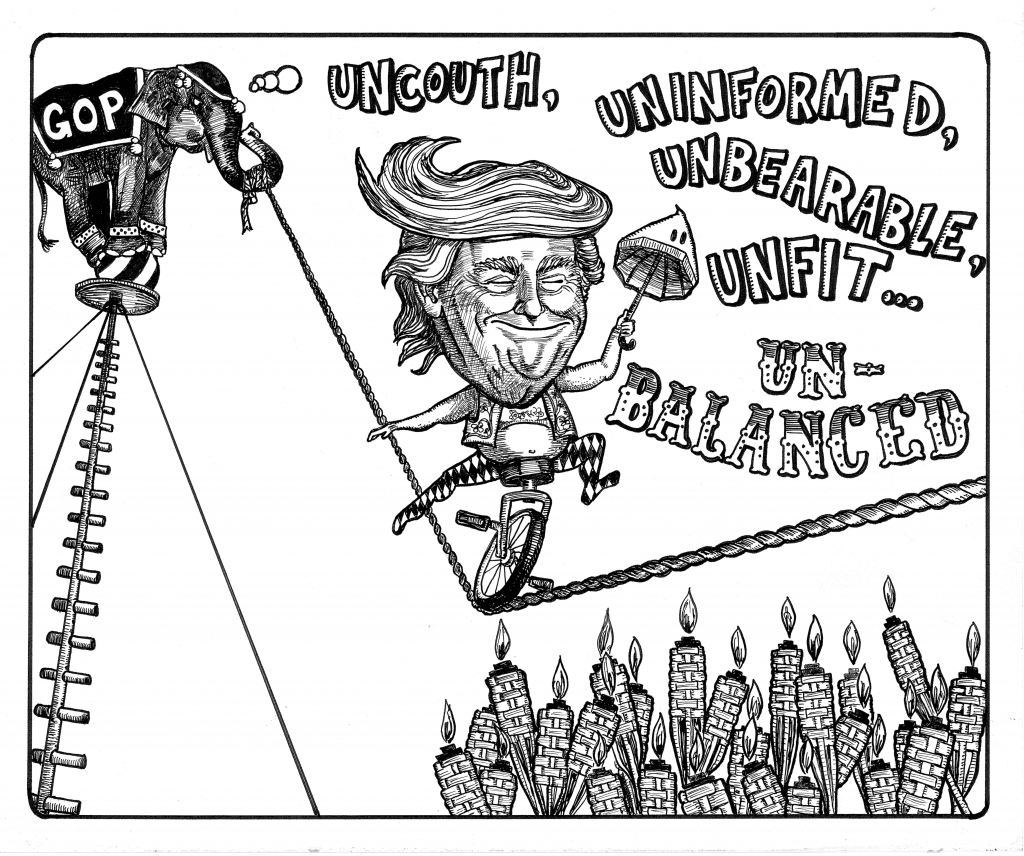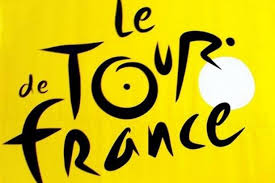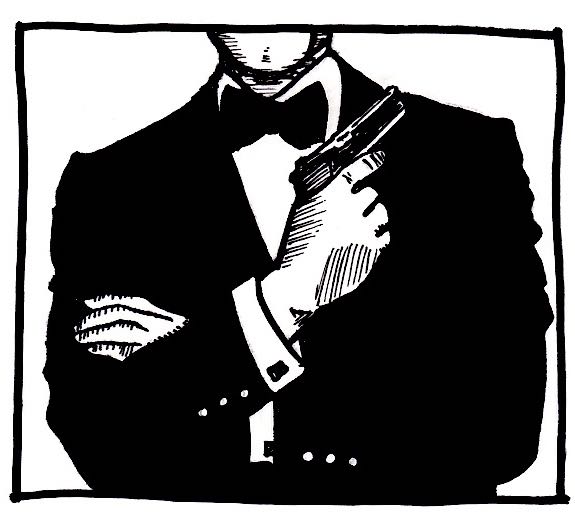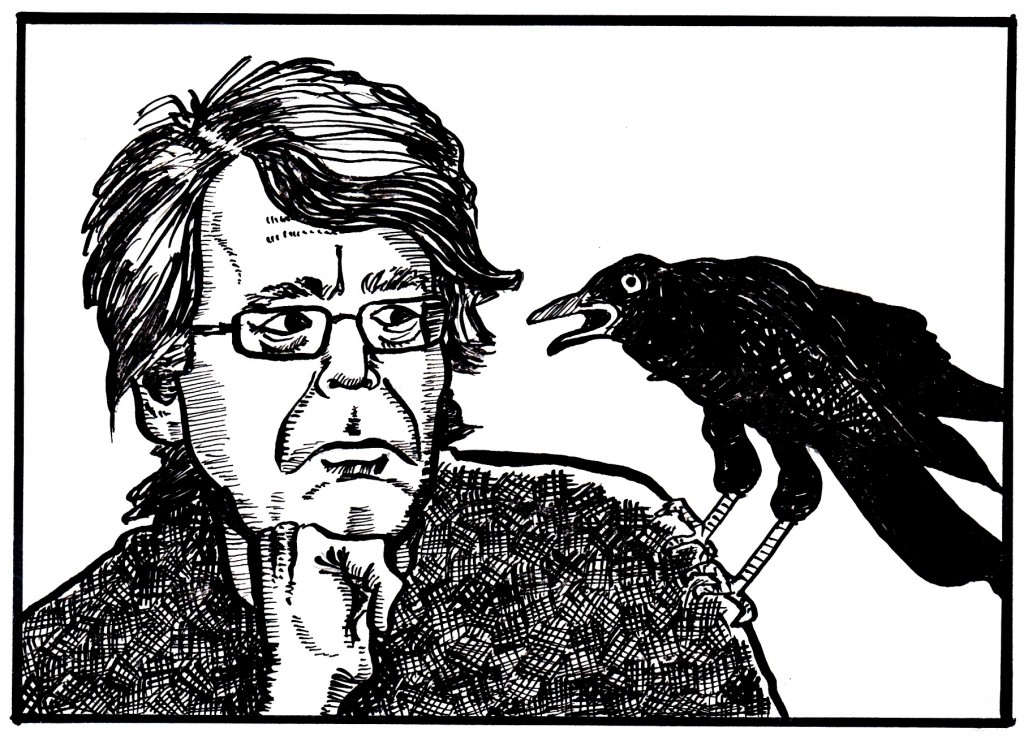Addicted to the horror show evolving south of the border, I drew this cartoon, recently published in UN/subscribe Magazine:

Addicted to the horror show evolving south of the border, I drew this cartoon, recently published in UN/subscribe Magazine:


As I watched le Tour de France race through Marseille today, I felt a couple of rants coming on. But first a bit of background.
In person, I have seen stages of le Tour de France on four occasions, and it is my favourite sporting event. It’s also the hardest thing to win in sport. I have driven a car up Alpe d’Huez, one of le Tour’s ugly mountain stages. My little Renault Super Cinq could barely make it up the 21 steep hairpin turns in first gear. It’s harder on a bike. There is a scale for rating the difficulty of mountain climbs in le Tour, but Alpe d’Huez has the special designation of hors catégorie, which translates exactly to “it’s so frickin’ tough that it is beyond our classification scale.”
Every year, the cyclists strain to reach the summit of Alpe d’Huez, to complete a 172 kilometre challenge. The crowd’s always boisterous, if not slightly insane. Fans dress up as superheroes, vicars, kangaroos, vikings, and weird naked guys. Everyone cheers madly, waving the flags of their home countries. So far so good, but here starts the rant.
During le Tour de France, the most famous bike race in the world, boasting millionaire riders of immeasurable physical conditioning, there are no rules for the crowds. The fans surge onto the racecourse during the competition…and why wouldn’t they? After all, there are no barriers keeping them away, and, well, they are mostly French. Fans constantly touch the riders, run beside them, cross in front of them at the last second, narrowing avoiding collisions. In what other professional sports championship are the fans allowed onto the field of play during the game? A couple of years ago, I watched Frenchman Christophe Ribbon inch up d’Huez in the lead. The crowd blocked his route, leaning over in front of him, opening a sliver of road at the last second. Riblon looked like Moses parting a Red Sea of crazed cycling fans. The road was obscured by the people and the flags held in front of each rider…the cyclists just had to trust the depth perception of a mass of drunken idiots to pull back in time to avoid collisions. I don’t think it’s a lot to ask that le Tour riders can actually see the road they are racing on, a split second before they ride it. Running guys were slapping Riblon and the other riders on the butts and shoulders while they climbed the Alps. It was like trying to give an NFL wide receiver a high five, just as he’s trying to make a catch, in the end zone. Near the end of the race, a jogging, beefy guy tried to put his arm around Riblon’s shoulder, (remember, this is DURING the competition), and the cyclist started to veer off course. Riblon had to lash out and punch his fan in the chest just to get clear. Most telling was that the television announcer didn’t even comment on the incident, which is common. How can this be allowed during a professional sporting event?
There is a short section of the climb up Alpe d’Huez which actually has normal metal barriers, the type you would see at any North American race. An affront to the crowd, the barriers can not hold back everyone leaning over, shaking their fists, trying to touch the riders still. Huge flags hang over the racecourse so the riders have to duck to get through them. Fans with foam swimming noodles whack riders on the helmet. I remember one lonely guy, who probably lives in his mum’s basement, dangling over the fence a hugely fat, naked, blow-up sex doll, its cherry red lips held in a permanent “oh.” The riders casually ducked under her too.
The route up the mountain is narrow, made narrower by the long, long line of camper vans parked on the road. Not at the side of the road, or in a campground near the road, but ON the road while the race is in progress. Those without camper vans pitch their tents on the road, which may make for a hard sleeping surface, but keeps one close to the action. I think it would be cool if the next time I went to New York I just pitched my tent in centrefield of Yankee Stadium. During the World Series. Good seats.
It isn’t all uphill for the riders on d’Huez, and in one descent most hit 70 kilometres per hour. While they risk their lives racing downhill, team cars weave in and out between the riders, with inches to spare. Bystanders walk across the road, narrowly avoiding collisions with racers and team cars. The cyclists breathe the fumes of the many motorcycles with cameramen on the backs, sometimes sitting backwards while they film the racers. So much for the health and safety of the riders.
I appreciate that le Tour de France is partially great because the fans can get close to their heroes. Anyone can go, and it’s free. The lack of rules adds to the race’s charm…it’s a month long party where anything goes. But as I watch horrific crashes of cyclists in le Tour each year, I remember the closing day of a recent Tour de France. The cyclists were on the final bolt up the Champs-Élysées, a cluster of sprinting madness. Each rider was inches away from his neighbour, pumping furiously to win the final stage. A woman leaned over the course, and her purse handle looped around the handlebars of one of the riders. He immediately went down in a high speed, end-over-end tumble of road rash and broken bones, taking a dozen others with him. There formed on the road a huge clump of tangled metal and bloodied millionaires. I asked myself what it was in the French psyche that justified the danger to its heroes when a reasonable barricade could eliminate most hazards, without loss of enjoyment for the fans. Maybe I’m just too English to ever understand it.

I’m featured on “The Art of Non-Conformity,” a website for people with unconventional ideas about work and happiness. It was started by Chris Guillebeau, a New York Times bestselling author. The website has 100,000 subscribers. Check out what he said about me (some of it true): http://chrisguillebeau.com/william-crow/. Special shout out to my friend Sharka Stuyt who plays a role in the story.

I had some good news last week concerning my memoir, provisionally entitled The Next Trapeze.
In past posts I described the “query” process, by which an author sends a jaw-dropping, one-page letter to a literary agent who will beg to have the honour of fielding the seven-figure offers from the big New York publishers. If you’re not Stephen King, or if your book isn’t fifty shades of S&M fantasy, your experience may be different. Here’s the regular, painful process:
1. You research a literary agent through their website.
2. The agent won’t respond to telephone inquiries. If you have a question, tough.
3. The agent won’t allow visitors to their office. If you want to meet the agent before requesting representation, tough.
4. You tailor your query letter to the exact requirements of the agent’s website and send by email. Any deviation ensures rejection.
5. The agent’s website warns you won’t receive confirmation your email was ever received.
6. The agent’s website states they will review your query letter within TWELVE weeks of receiving it.
7. The agent won’t respond to emails or calls requesting a status update.
8. The agent will only contact you if they want to see part of your manuscript. If they don’t like your query, you’ll hear nothing. Which means you’ll wait for 12 weeks, and never be sure if anyone even looked at your letter.
In the business world, I was used to people acknowledging I existed, phoning me back, treating me with courtesy. You know, human stuff. To be fair, agents receive thousands of query letters every year, and accept two or three new clients. I wasn’t prepared to be ignored, but I imagine everyone else in the arts knows what that feels like. A smattering of agents were nice enough to send polite, “no thanks…but seriously, what were you thinking?” emails. I wasn’t depressed, just frustrated.
But…here comes the good news…one enlightened, Toronto agent saw something in my book the others missed, actually PHONED ME and offered to represent me. I signed his contract before he could change his mind.
Now it’s up to my agent and me to prepare a book proposal so mind-bogglingly clever and enticing that publishers will fight over the chance to publish it. Or something like that.
So watch out, publishers, I have an agent, and I’m not afraid to use him!

I can DRAW Stephen King, but I want to WRITE like Stephen King.
The seller of 350 million books should know something about writing, so in 2000 Stephen King published his memoir On Writing. Part autobiography, part writing tutorial, On Writing has become every writer’s best friend. You look really busy watching cat videos today, so don’t read his book…here are Stephen King’s main tips for good writing (in bold) with my humble comments underneath:
Use the simplest word.
I have a tendency to show off, slipping in big words so everyone knows I have lots of book learnin’. This is stupid and counter-productive. Never use “supercalifragilisticexpialidocious” when you can say “great.”
Use the word which first comes to mind, if it is appropriate and colourful.
You don’t have to construct elaborate, tortured phrases that take time to decipher and appreciate. For example, it’s a bit contrived, and not necessary to describe a notorious American politician as a “tiny-fingered, Cheeto-faced ferret-wearing shitgibbon.” It’s better to say what you think of, without thinking, like “ignorant blowhard bully.”
Well, you could also say, “racist, sexist block of aged Cheddar.”
Or, “microwaved circus peanut.”
Or, “jack-o-lantern head on a drunken bear.”
Or, “ludicrous tangerine ballbag.”
Or, “mangled apricot hellbeast.”
Actually, those are all pretty good. Forget this rule.
Use active, not passive verbs.
With an active verb, the subject of the sentence is doing something.
As in, “Bill had a vasectomy.”
Passive verbs aren’t as powerful. With a passive verb, something is being done TO the subject of the sentence. As in,
“A vasectomy was performed on Bill, (who endured the humiliating procedure with characteristic calm and good humour).”
The adverb is not your friend. Use sparingly.
Excessive use of adverbs is lazy writing. A poor writer may write, “When Mary’s father FORCEFULLY ENTERED his teenager’s bedroom and AGGRESSIVELY POINTED his shotgun at Mary’s boyfriend, Fred RAN QUICKLY to his car.” It’s better to find more descriptive verbs:
“EXPLODING into his teenager’s bedroom, Mary’s father TERRORIZED Mary’s boyfriend with his shotgun until Fred BOLTED to his car.”
Use “he said” and “she said” in dialogue.
As readers, we should focus on the dialogue, understanding the characters’ feelings through their words. Some writers (formerly, me), try to get cute with their verbal markers, leading to:
“And that’s why the vicar had a budgie,” he CROWED his punchline.
Not only is this verbal attribution trying too hard to be clever, it detracts from the character’s words. It would be better to set the scene like this:
The crowd anticipated the punchline. Jim leapt atop his chair, flung his arms wide, and said, “And that’s why the vicar had a budgie.”
Don’t use adverbs in dialogue attribution.
“You’re an idiot, Billy,” Carol said DISMISSIVELY.
Such dialogue attribution is sometimes called a “Swifty” after Tom Swift, the brave hero of a series of boys’ adventure novels written by Victor Appleton II.
It’s more evocative if you remove the adverb and add action to the scene:
“You’re an idiot, Billy,” said Carol. She rolled her eyes, sighed, and bent over her iPhone to play Words With Friends.
You are allowed to use a Swifty if it’s a parlour game with your pals, as in, “You got a nice butt, lady,” he said CHEEKILY.
Possessives always add ‘s, even if the word ends in s.
If we want to refer to the bottom of the sea, the locker of Davy Jones, we should say, “Davy Jones’s locker.” But that’s only according to Stephen King and the Chicago Manual of Style. The Associated Press style dictates, “Davy Jones’ locker.” No extra “s”. It’s a raging controversy. So Stephen King has only half of the English speaking world on his side with this one.
By the way, “David Jones” is the real name of rocker David Bowie (and also the name of the lead singer of The Monkees). This quirky fact has nothing to do with Stephen King.
Less TV, more reading.
Stephen King’s number one piece of advice to writers is that to be a good writer, you have to read a lot of different writers. And read ALL the time. I think that was my only preparation before I impulsively ditched my legal career to become a professional writer.
I am trying to follow Stephen King’s suggestions in my writing. Obviously, it’s been successful for him. Emulating Stephen King has yet to translate into a publishing deal for me. Maybe all I have to do to entice a publisher is add some telekinesis or a sentient automobile to my book. Best seller!